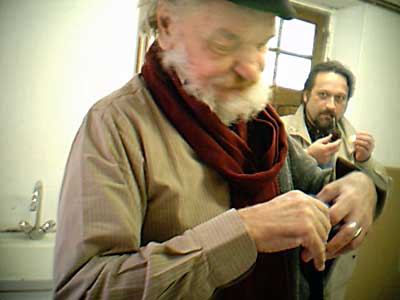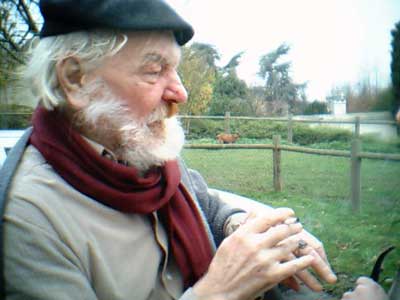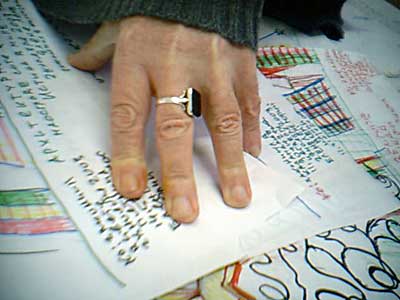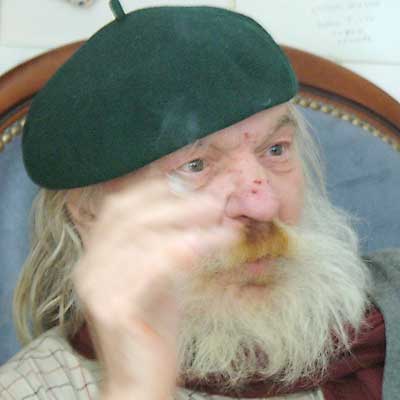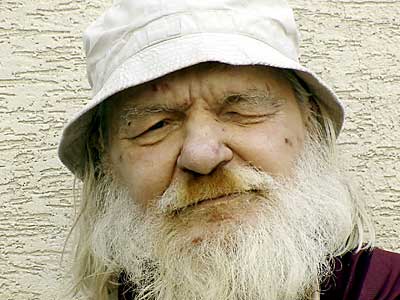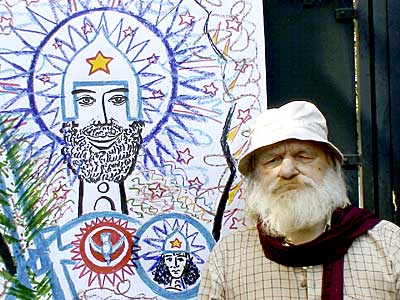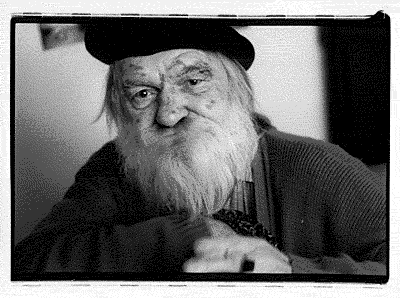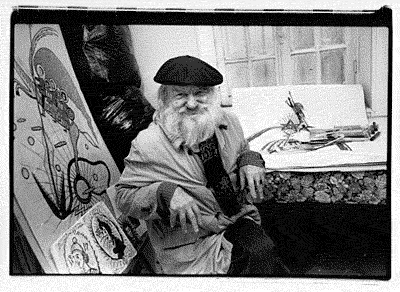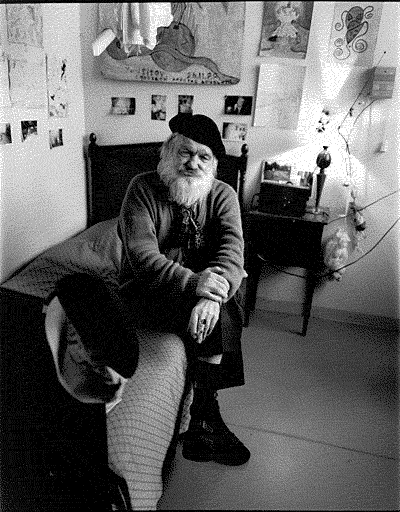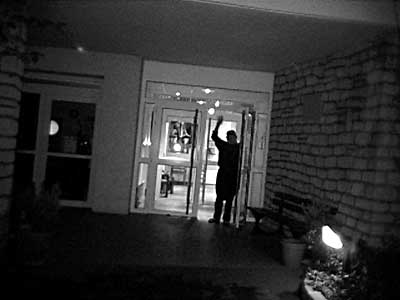Titov Yuri Vassilievich
Yuri Vassilievich Titov was born on January 19, 1928, in the town of Strunino, Vladimir region, between Alexandrovo and Zagorsk, not far from the famous Trinity-St. Sergius Monastery, one hundred kilometers from Moscow. Soon after his birth, his parents - the father an engineer, the mother a teacher of chemistry - moved to the capital, where Yuri began to study in public school No.45.
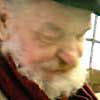
During the Great Fatherland War, the Titov family was evacuated to the villages of Voskresenskaya and Strunino, where Yuri continued his studies from 1941 to 1943. After their return to Moscow, he finished public school No.589 and then spent a year of preparatory studies in the Steel Institute.

In 1945, Yuri enrolled in the prestigious MAI (Moscow Architectural Institute), from which he graduated six and a half years later with a diploma as an architect. For the next thirteen years, Titov worked in a design bureau. In 1950, he met Elena Stroeva; they were married, and in 1951 their daughter, Lena Titova, was born.
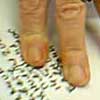
Yuri Titov became well known in Moscow as an abstract painter and later as an iconographer. It is enough to look at reproductions of his painting of the sixties and seventies to understand why this style earned him the reputation of a dissident. His paintings were known througthout Moscow, got as far as the USA, and he had a one-man exhibition in Sweden. The Titov family became famous in the emerging circles of the dissidents and fighters for human rights. Yuri and his wife, Elena Stroeva-Titova, a journalist with a diploma from Moscow State Uiversity, received in their home Esenin-Volpin, Maximov, Nekrasov, Solzhenitsyn, Yakir, Father Yakunin, and visitors from abroad.
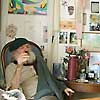
As dissidents the Titovs were often placed in psychiatric clinics, particularly the Kaschenk clinic of sad repute. At the beginning of the seventies, they were once again summoned to the KGB and were given to understand that it would be better for them to leave the country. Otherwise their freedom could not be guaranteed.
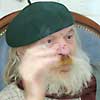
In 1972, Yuri Vassilievich decided to make use of an invitation for himself and his wife to emigrate to Israel, and he offered to take his daughter with them. Lena Titova asked and received a blessing to leave from her father confessor, Father Alexander Men (1935-1990), the well-known writer, murdered with an axe in a Moscow suburb in unclear circumstances. While being transported, some of Titov's paintings had acid poured on them at customs in the Sheremetov airport. Some of the paintings never reached the west or else fell apart. After a brief stop in Rome, the Titovs came to settle permanently in Paris and lived near the cathedral of Notre Dame. Their daughter was sent to study French in the St. Georges boarding school near Paris. Yuri was given a studio by the city, which he had use of until 1994.

The difficult conditions of emigration, the problems of adjusting to France, the absence of recognition, and disappointment with western society were too much for Elena Titova to bear. In 1975, while Yuri was asleep, his wife committed suicide by hanging herself in the apartment they rented in the fourteenth arrondissement, on the rue Raymond-Losserand. Yuri Vassilievich wound up in a psychiatric hospital in the Parisian suburb of St.-Geneviève-des-bois. Then his wanderings began.

Titov's daughter Lena also became an inmate of psychiatric clinics. Since the time of their emigration to France, she has spent a total of thirteen years in treatment. Her treatment was interrupted for several years when her two daughters were born. For some time Yuri Vassilievich Titov withdrew to an Orthodox monastery ninety kilometers from Paris. In 1988 he was accepted as a tenant in the famous Château du Moulin de Senlis in Montgeron, a refuge for Soviet émigrés. In 1997 Titov left Montgeron and again became a frequent inmate of psychiatric clinics. The police refused to extend his residence permit; his other documents were stolen from him. Suffering from insomnia, starving, Titov wandered about Paris, sometimes sleeping in the street or in squats. In that situation, he was again picked up by the pychiatric services.
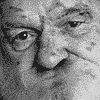
In 1999 the artist Alexei Khvostenko (1940-2004) and the composer Kamil Tchalaev rescued Titov from the White House, a specialized hospital in Neuilly-sur-Marne, where he was in the custody of a private individual who was having him "treated" by mind-altering drugs. They succeeded in placing him in a house for the dependent elderly called "Zemgor," in Cormeilles-en-Parisis, run by the Russian Red Cross, which in turn took Titov into its custody.
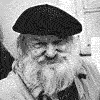
Titov's initial period in this "peaceful institution" did not pass without trouble. He went on with his creative work, fashioning, in particular, a number of packages which he hung mainly in his own room. These "packaged happenings" prevented the personnel of the establishment from cleaning his room; the situation was aggravated by Yuri Vassilievich's taking some linen napkins from the dining room, which he used for his installations. The personnel could not understand what Titov was up to, mutual tension resulted, and he was accused of stealing five hundred napkins and disturbing the peace. The incident coincided with a change in administration of the Zemgor house for the elderly. Titov was sent to a psychiatric clinic for three weeks. In the end, he returned to his room in the "Pink House" of the Dolgopoloff pavilion and was allotted additional space on the edge of the grounds, which from then on served him as a studio.
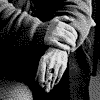
Throughout his life, Titov has remained in a state of constant inner work. In recent years he has also been creatively active on the level of realization. In two years, he has drawn about two hundred sheets of large format, and filled hundreds of sheets with his "architectural mystical projects" and metapoetry. All this has been accompanied by written communications with the two Elenas, wife and daughter – Elena Yurievna Titova continues to visit him regularly. At present, Yuri Vassilievich is living in his usual place and going on with his creative work.
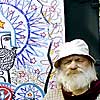
Titov considers his work a search for harmony between philosophy and mysticism. He began this search with abstract art, went through iconography and religious themes. For him everything is "tied in one knot." He understands "the meaning of the creative act" in the same way as Nikolai Berdyaev (1874-1948, a philosopher exiled from Russia in 1922, who spent the rest of his life in France), the most important Russian philosopher in Titov's opinion, who wrote a book of that title in 1915. Yuri Vassilievich considers himself an architect, the creator of mystical projects, "mystically real, which could be carried out." "There is everything in life," says Titov, "including nothing."
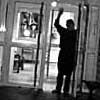
Paris, September 2004
 В
галерею Aesthetoscope В
галерею Aesthetoscope |
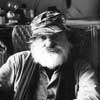 Обратно,
на главную страницу Юрия Васильевича Титова
Обратно,
на главную страницу Юрия Васильевича Титова